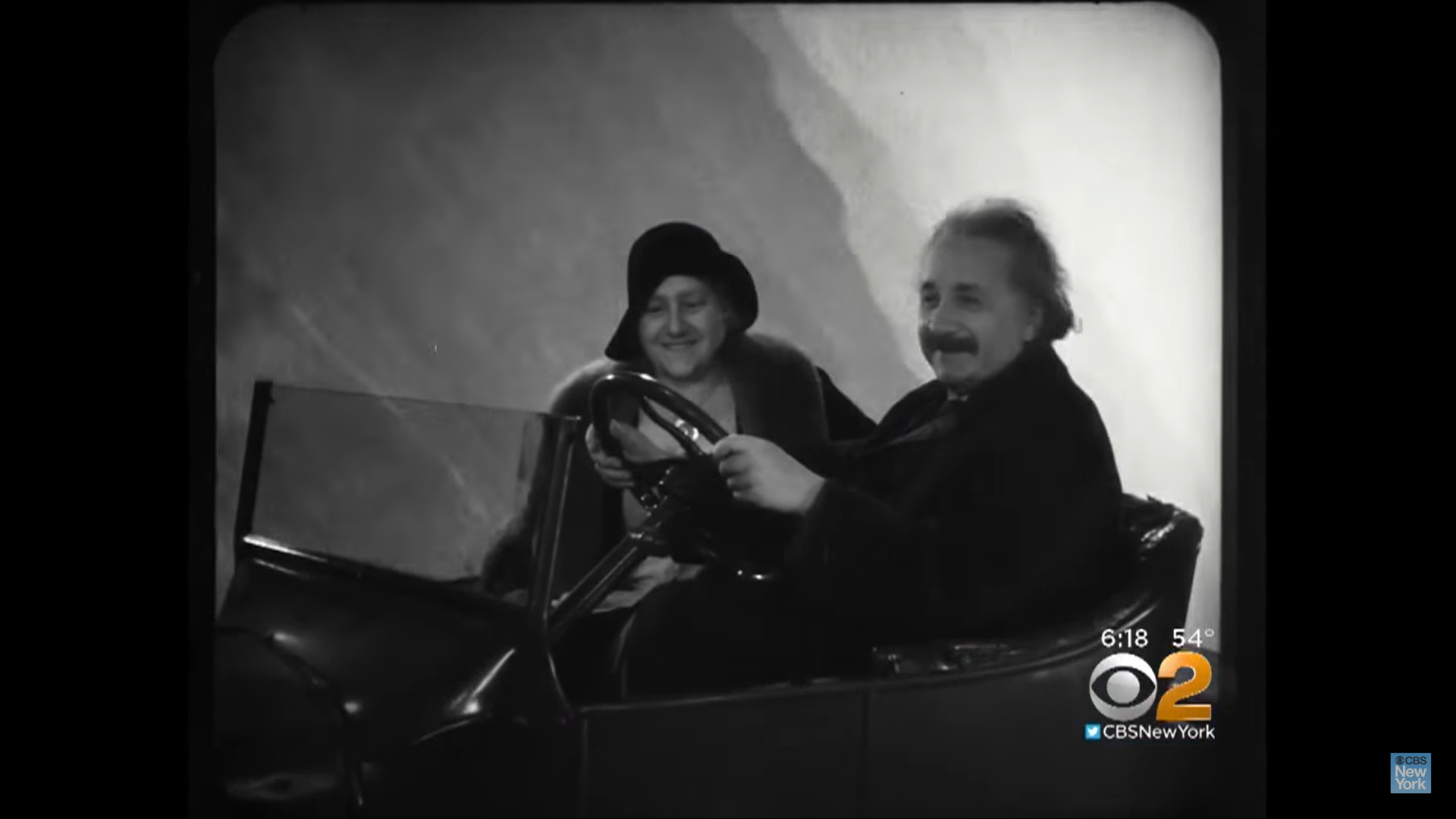
“Roads? Where we’re going we don’t need roads!”
I’m reading and hugely enjoying West of Eden: An American Place, by Jean Stein, an oral history of Hollywood. I bought another oral history of Hollywood, Jeanette Basinger & Sam Wasson’s An Oral History of Hollywood, but this one, which cost me a tenth of the price second-hand, is the one I seem to be reading. It’s excellent. I’m learning tons.
We begin with the Doheny family saga, which incorporates oil, the Teapot Dome scandal, and homicide — bits of the true history were recycled in Sinclair Lewis’ Upton Sinclair’s Oil! and in the resulting film, THERE WILL BE BLOOD. I’m not sure I knew about the factual basis, and I certainly didn’t know that science fiction writer Larry Niven, interviewed herein, is a descendant of the Dohenys (Dohenies?).
Then we get on to Jack Warner and his clan, and one passing bit of info concerns the visit to Warner Bros of Albert Einstein and his wife Mileva. Jack Warner Jr tells the tale:
They took Einstein to the process department, where they had a Ford set up on a scaffolding. He and Mrs. Einstein sat in it and the cameramen filmed them while, unbeknownst to the Einsteins, projecting an aerial film of New York, Niagara Falls, Chicago and Los Angeles behind them. Then they developed this film of the Einsteins flying over America in a Ford and showed it. Einstein stared at it and kept saying in German, “My god, what have they done? I don’t understand it. My father said, “Relativity he understands!”
Brilliantly, the film was found five years ago so we can see it. Sadly, though, the story doesn’t quite hold up because we can see Albert and Mileva pointing at the images on the screen to their right. The only way for Albert to have been baffled would be if he were unable to understand how the camera, positioned as it was, made it look as if the car was flying. And Albert is not known for being particularly dense. So Jack Jr.’s tale seems to have been augmented at some point. A shame. How much funnier would the film be, if the Einsteins were just sitting staring blankly ahead, with Albert (who could not drive), giving the steering wheel an occasional quarter-turn?
It’s a lovely story, but you can’t have everything. You can’t even have a flying car.





